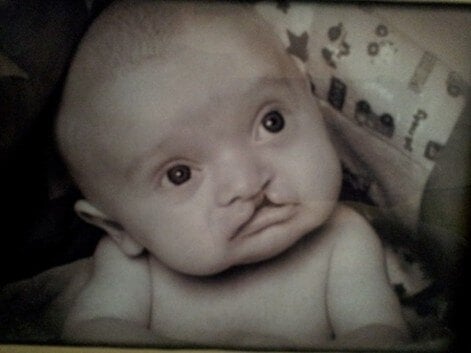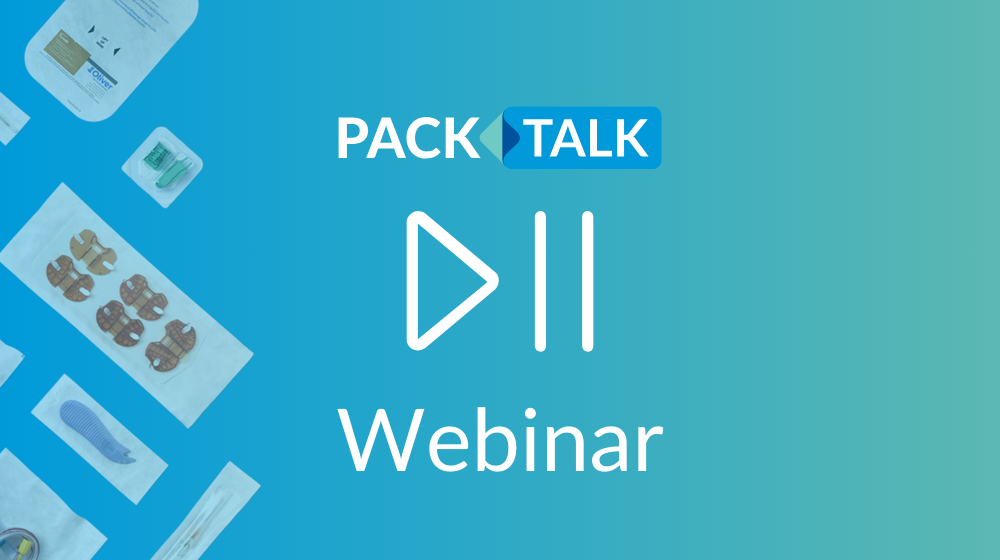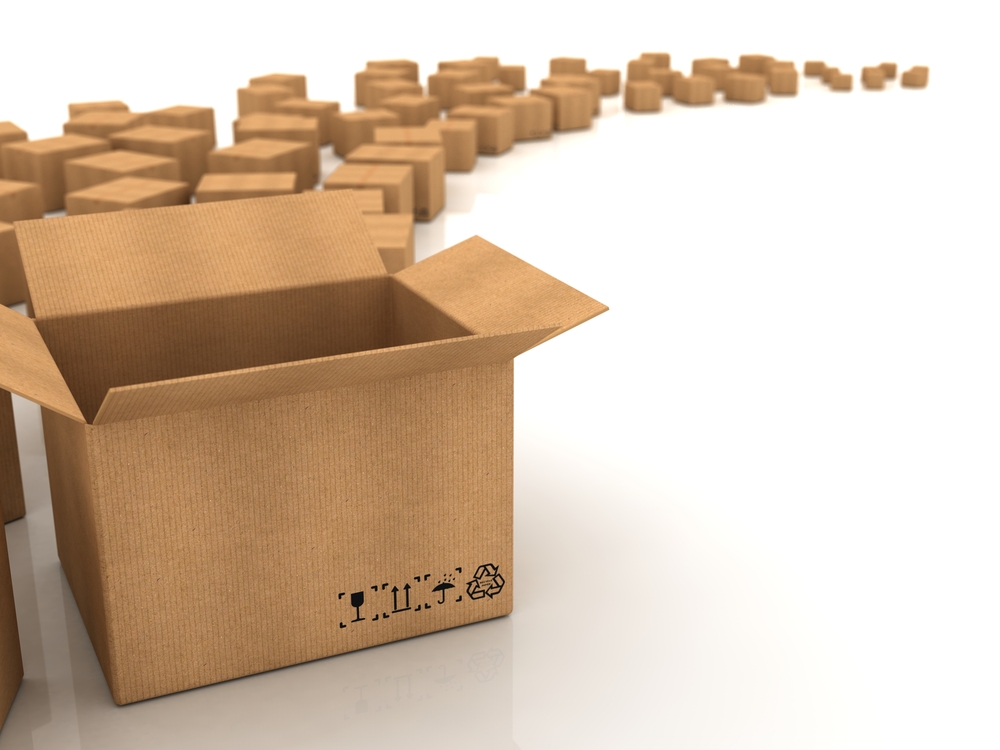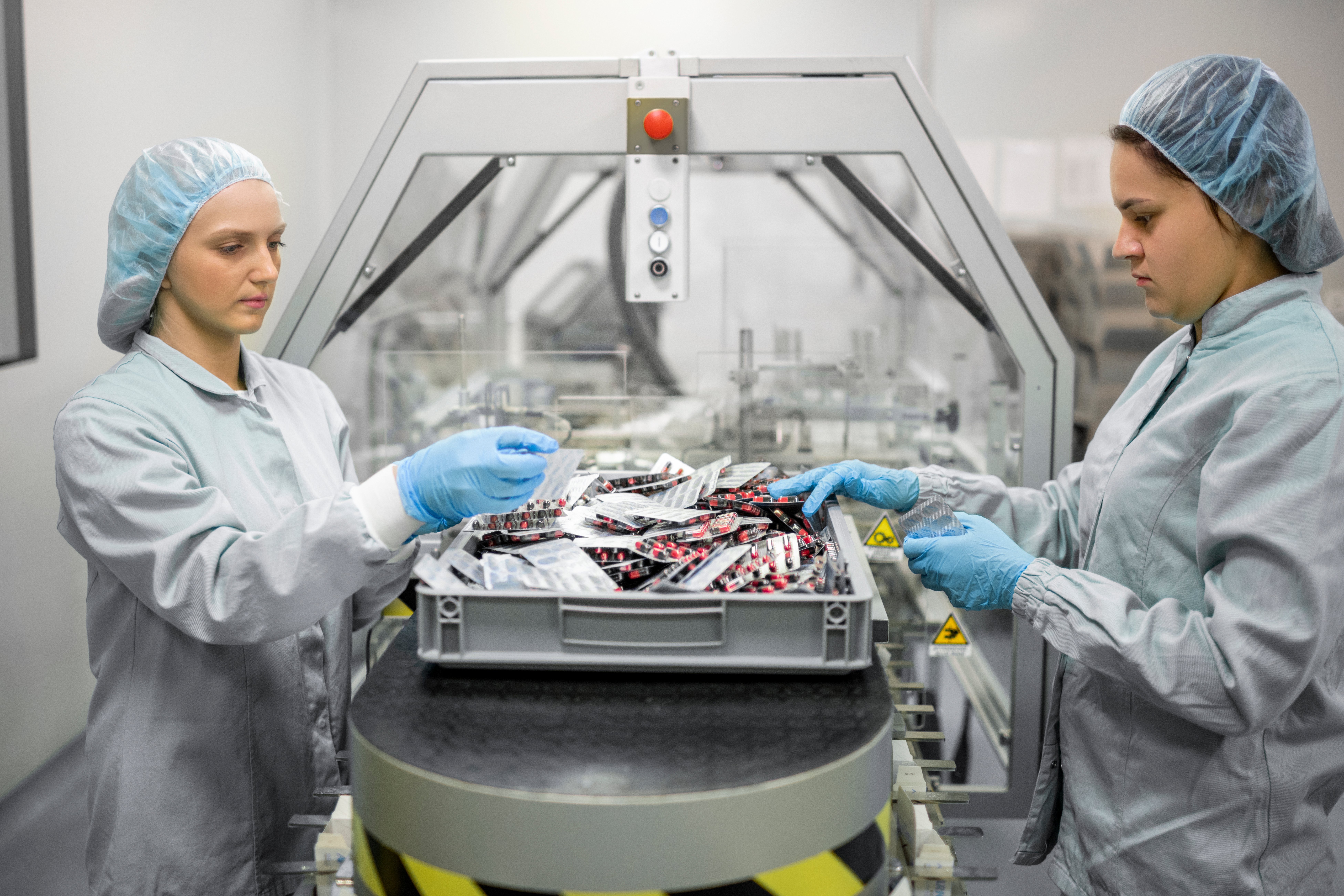Over the past two and a half years, I have had the pleasure of co-leading the Kilmer Innovations in Packaging Sustainability and End of Life Solutions Group with Kiley Djupstrom.
Together, we have worked with a talented and passionate group of industry professionals across the value chain who are committed to improving sustainability in healthcare packaging. To be honest, when I started co-leading this group, I did not know what to expect. I thought it would be a nice way to engage with the industry, help drive an important mission forward, and uncover unmet needs. I did not expect to be as inspired as I have been by the possibilities and opportunities we have in front of us.
Upstream innovation in sustainability is the ability to remove waste from a system before it is introduced. We’ve all heard the concept: Reduce, reuse, recycle. The 3 Rs have resonated with me since college. There is an intentional order to which they are written. They are listed in priority order by the impact they can make. For example, reducing waste from the system is by far the most valuable way to create a sustainable future. But as we know, we cannot simply remove all waste from the system. What we can do is reduce the amount of waste we put into the system. This can be done by downgauging a material, using advanced recycled material, or even reducing the amount of unnecessary end use (or, doing the same or more with less).
Downstream innovation in sustainability includes introducing recyclable materials for ease of collection, sorting, and recycling—keeping end of life in mind. This can be done by using monolayer materials that fall into common recycling practices like HDPE.
Incorporating both upstream and downstream innovation in sustainability is challenging for the healthcare packaging industry due to regulatory requirements, testing requirements, and a resistance to change. The KiiP Sustainability team is up for the challenge and is working to overcome four major barriers, including: Regulatory, Value Proposition, Manufacturing Readiness, and Education. If you are interested in learning more about how you can impact change in sustainable healthcare packaging, connect with us on LinkedIn!




